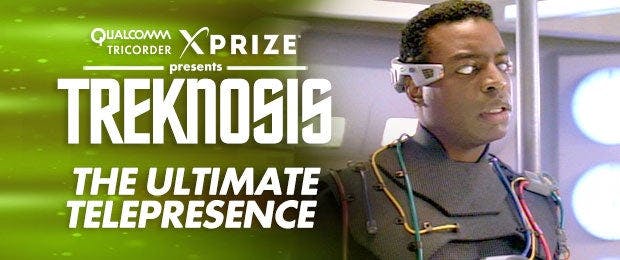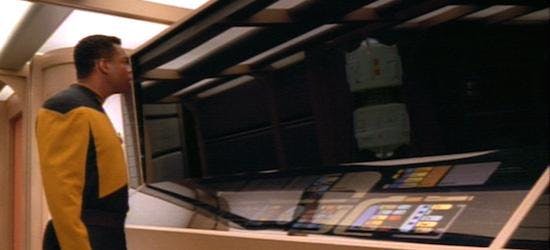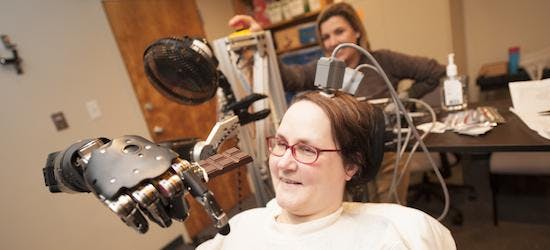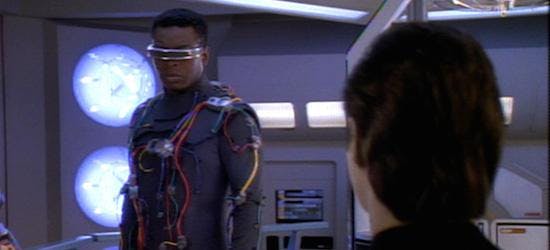Published Jun 8, 2015
The Ultimate Telepresence
The Ultimate Telepresence

Stardate 47215.5: The crew of the USS Enterprise NCC 1701-D is testing a brand new probe operated by a unique control scheme: linking directly to chief engineer Geordi LaForge's brain through his VISOR inputs, providing an unparalleled level of control and "you are there"-style verisimilitude. Geordi can see what the probe sees and feel what the probe's sensors detect. For all intents and purposes, it's as if he's there in person.



---
Jon Sung is a contributing writer for XPRIZE and copywriting gun-for-hire to startups and ventures all over the San Francisco Bay area. When not wrangling words for business or pleasure, he serves as the captain of the USS Loma Prieta, the hardest-partying
Jon Sung is a contributing writer for XPRIZE and copywriting gun-for-hire to startups and ventures all over the San Francisco Bay area. When not wrangling words for business or pleasure, he serves as the captain of the USS Loma Prieta, the hardest-partying
fan club in San Francisco.
XPRIZE is an innovation engine. We design and operate prize competitions to address global crises and market failures, and incentivize teams around the world to solve them. Currently, we are operating numerous prizes, including the $30M Google Lunar XPRIZE, challenging privately funded teams to successfully land a robot on the Moon’s surface, and the $10M Qualcomm Tricorder XPRIZE, challenging teams around the world to create a portable, wireless,
-inspired medical device that allows you to monitor your health and medical conditions anywhere, anytime. The result? Radical innovation that will help us all live long and prosper.
Sign up today to join our mission, be a part of our campaign and win collectibles at: tricorderfederation.org.




